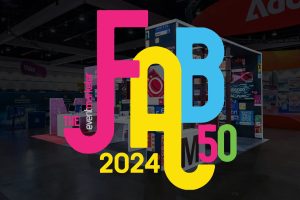- Ellen Campbell-Kaminski
While it would be really great if we all got along, there is often a disconnect that occurs between sales and marketing departments. It’s easy to believe that these departments have different goals and separate functions, but they are much more alike than you think—and true success comes when both are on the same page.
There are numerous studies and statistics that point to the business benefits of having well-aligned sales and marketing operations. Market research found that aligned organizations have a 36% higher customer retention rate and experience a 38% higher sales win rate. Additionally, there are many business scenarios where that alignment is critical, such as the delicate hand-off between a website request for more information and the sales representative follow-up.
But one area where alignment may be most critical is on the trade show floor. Very often, marketing takes the lead in planning the event, determining the objectives, developing theme and messaging, securing sponsorships, and driving traffic to the booth.
This is where things can potentially fall apart, because the booth is primarily where sales personnel deliver the message to prospects. Despite training sessions and briefings, if the two teams are not on the same page, it shows. Much to the detriment of the attendee experience, lead qualification and ultimately the ROI of the event.
So what are practical strategies to drive alignment in exhibitions and other face-to-face marketing events?
Find an Evangelist
One of the most effective strategies that marketers can take is to identify and cultivate an evangelist within the sales organization. This is a respected sales professional that is open-minded, constructively vocal and willing to share best practice approaches with colleagues. Use this person early in the event planning efforts to help develop theming and messaging and as a sounding board for the attendee experience on the show floor and in the important post-show period. The primary role of the evangelist is to be the champion within the sales organization.
Schedule a Planning Session
Another strategy to create alignment which ultimately leads to a successful show is to conduct joint planning sessions around a major event. Topics to cover with a cross-functional team include recapping what worked and what needs improvement from prior events, objectives, and desired outcomes. A useful exercise is Stop, Start and Continue. Objectives and messaging should be captured on a Creative Brief for the cross-functional team to review.
Run a Pilot Test
While it is highly unlikely that you can simulate a pilot test of a major trade show booth, it is very possible to role play the attendee experience. Depending on your organization and the experience level of the brand ambassadors working the show, you may have a discussion guide document or a scripted interaction. In either case, it is important to both develop a discussion flow or script with sales and to set up opportunities to test. Equally important is to simulate any engagement you have in the booth as well as the lead capture plan.
Set Common Goals and Definitions
Nothing is more frustrating than coming home from an event, thinking that it went extremely well, only to overhear someone talking negatively about the experience. Very often the root cause of a disconnect is that the two different groups are evaluating success differently. The marketer may have been measuring success based upon overall booth traffic, social media engagement and media mentions, whereas sales is basing success on the number of sales-ready leads. An important exercise is to agree on a common set of goals and definitions ahead of time. Do not assume that there is a shared understanding of a particular measure’s definition.
Assume Positive Intent
At the end of the day, both sales and marketing want the same thing: a successful event. They want the attendees that fit the target profile to visit the booth. They want those attendees to “get” the company’s value proposition. They want the attendees inspired to take the next action. Keeping those simple truths in mind can break through a lot of misunderstanding and miscommunication.
At the end of the day, sales and marketing are on the same team. The sooner these departments align themselves, the more successful a company becomes. Think about how unstoppable you’d be with strong, open communication and a clear definition of your shared goals at your next show. With a strong plan in place, it’s very possible.


Ellen Campbell-Kaminski
Ellen serves as the President and Chief Operating Officer at Exhibit Concepts. She oversees day-to-day operations and guides the company’s sales, creative, and production departments. She serves on the faculty at the University of Dayton and on the Board of Trustees for the Dayton Area Chamber of Commerce and the Board of Directors for Women in Exhibitions.











